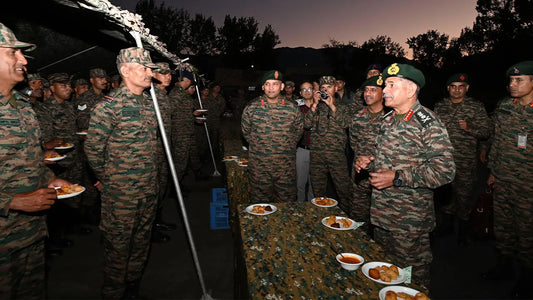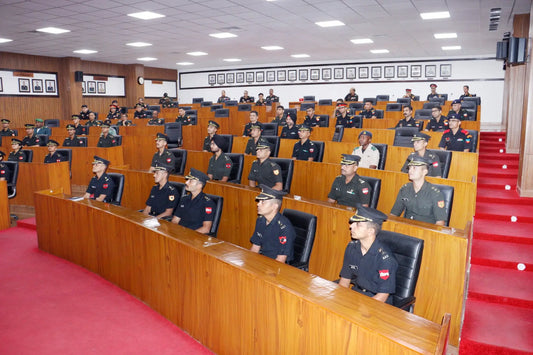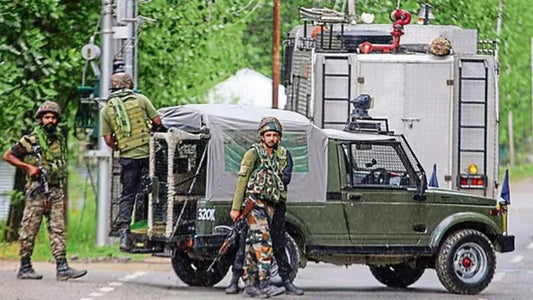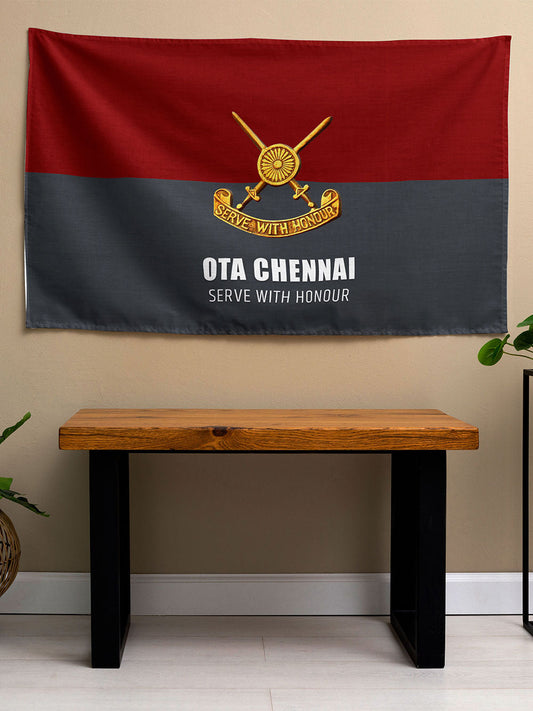Indian Firms Compete in Bidding for AMCA Fifth-Generation Stealth Fighter Project

India's ambitious initiative to develop a fifth-generation stealth fighter jet, the Advanced Multi-Role Combat Aircraft (AMCA), has attracted bids from seven top defence manufacturers. This project aims to become the backbone of the Indian Air Force (IAF) by the mid-2030s.
The Ministry of Defence has verified that Hindustan Aeronautics Limited (HAL), Larsen & Toubro (L&T), Adani Defence, TATA Advanced Systems Ltd (TASL), and Kalyani Strategic Systems are among the bidders, along with two other private companies. An evaluation panel, led by former DRDO scientist Dr. A. Sivathanu Pillai, responsible for the BrahMos missile program, will review the bids. The panel's assessment will cover both technical and commercial aspects, ensuring that selected firms have the necessary manufacturing capabilities, financial stability, and project management skills.
The AMCA program stands as India's largest military research and development venture, with a projected budget of ₹15,000 crore dedicated to designing, engineering, and building prototype aircraft. Following successful validation, an initial order for 120 aircraft is anticipated, with the potential for production to extend to several hundred units over the next 20 years. This makes it one of the most significant defence contracts in India's history.
The Aeronautical Development Agency (ADA) issued an Expression of Interest (EoI) earlier this year, stipulating that the chosen partner should deliver a fully functional prototype within eight years. Serial production is expected to commence around 2035, coinciding with the retirement of older IAF aircraft such as the MiG-29 and Mirage-2000.
The AMCA is set to feature a comprehensive suite of fifth-generation capabilities, including stealth shaping, radar-absorbing materials, advanced avionics with sensor fusion, AI-assisted piloting, electronic warfare systems, and long-range precision weapons. It will also support manned-unmanned teaming (MUM-T), allowing for coordinated operations with autonomous drones in high-risk missions.
Initially, the project will focus on building four to five prototype aircraft to validate stealth performance, sensors, and avionics. Insights from the Tejas program and Rafale integration are anticipated to expedite testing and operational readiness.
Differing from previous projects primarily led by HAL, the AMCA initiative adopts a competitive industrial participation model that promotes private sector involvement. Companies like Adani, TATA, and L&T bring expertise in aerospace fabrication, systems integration, and global joint ventures, while Kalyani Strategic Systems contributes specialized defence components and metallurgy expertise. HAL continues its role in fighter assembly, leveraging experience from the Tejas and Su-30 programs.
The AMCA program strategically positions India to achieve an indigenous stealth fighter capability that rivals the American F-35 and Chinese J-31. Economically, it is poised to stimulate domestic supply chains, create thousands of skilled jobs, and drive innovation in the aerospace industry.
Looking ahead, the development of successive MK-1 and MK-2 variants is planned, incorporating advanced indigenous engines, enhanced avionics, network-centric warfare capabilities, and potential for exports. Upon its induction, the AMCA is expected to be the IAF's primary fighter from 2035 to 2055, supporting India's aim for strategic autonomy in high-tech aerospace platforms and reducing dependence on foreign imports.



















